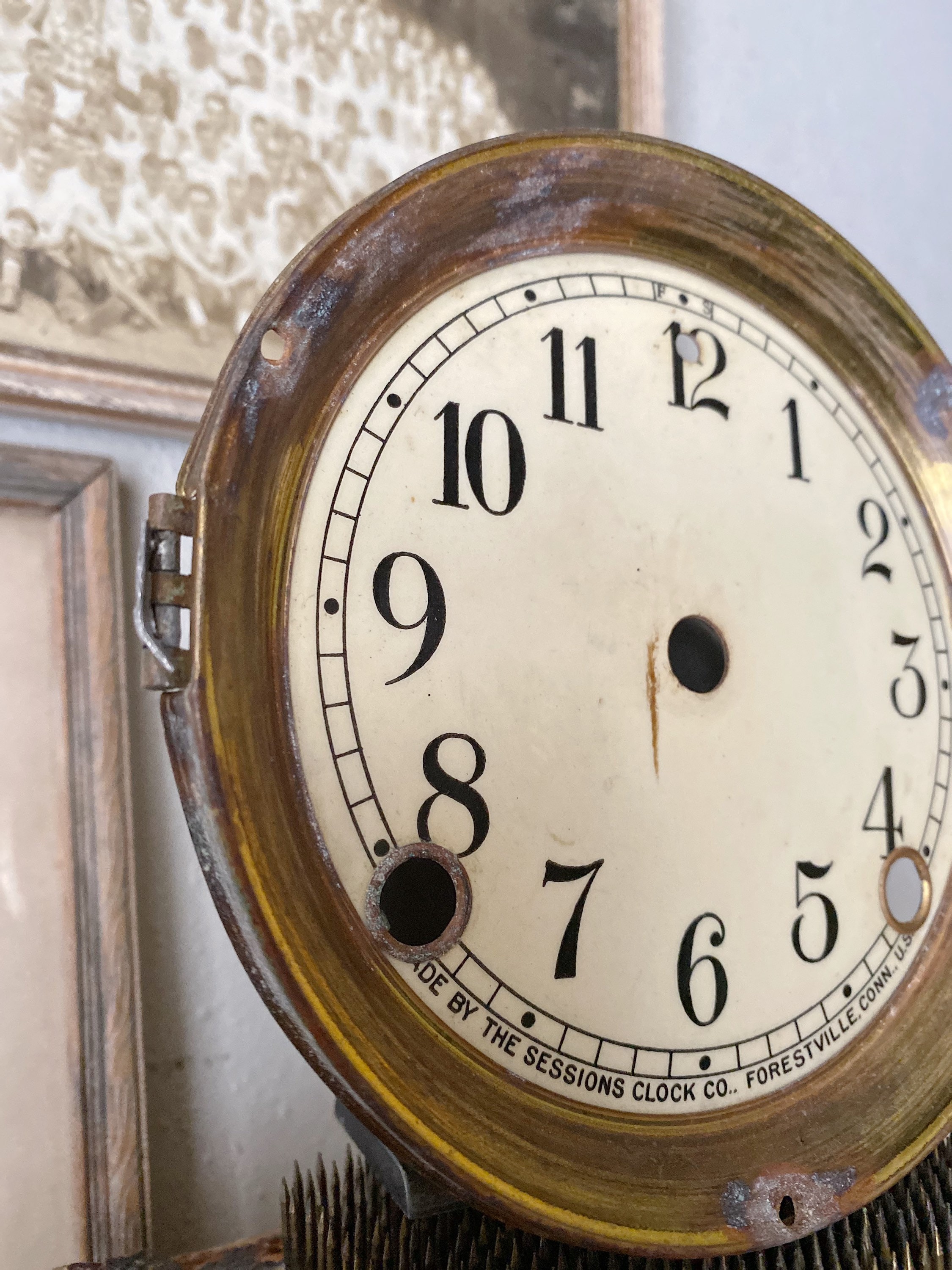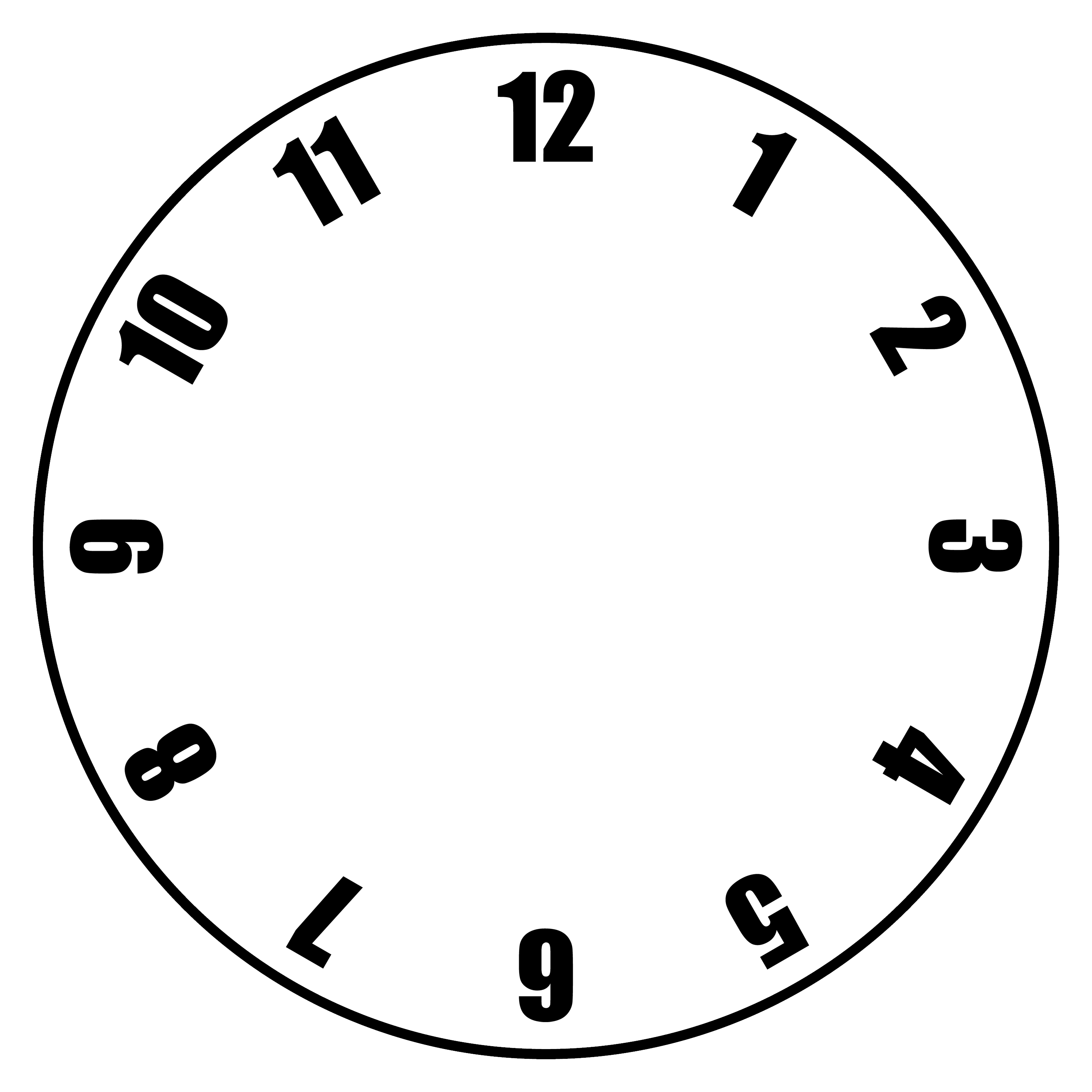

If we call $x$ the total on the small side, then $5x+x=78$, so $6x=78$ and $x=13$. Harry from the Beacon School solved this using an algebraic method. $10$ and $11$ to between $2$ and $3$ or from between $4$ and $5$ to between $8$ and $9$.ģ) Can you divide the clock face so that that the total on one side of the lines is five times more than the total on the other side? Can you do this in another way?

By choosing a number and adding up around the clock from it until I reached $26$ or went over and missed $26$, I found that $11+12+1+2=5+6+7+8=26$. I then had to find consecutive numbers that added to $26$. I realized that the total should be divided into three parts, so the two of the parts together would then be twice as large as the other part. As there was only one solution to the algebraic equation, then this is the only solution to the problem.Ģ) Can you draw two lines (like the hands of the clock) to divide the clock face so that the total of the numbers on one side of the lines is twice the total on the other side? Can you do this in another way? By now gathering terms we get the equation $6n+15=39$ So $6n=24$ and $n=4$ Then the six consecutive numbers are $4,5,6,7,8,9$ and so the line runs fromĪfter $9$ to after $3$. If we call the first number $n$, then the sum of six consecutive numbers is $n+(n+1)+(n+2)+(n+3)+(n+4)+(n+5)=39$. The sum of all the numbers on the clock face is $78$, so you want to find six consecutive numbers that add up to $78\div2=39$. This method also helps the second question, on whether there is another solution. As $4+5+6+7+8+9=10+11+12+1+2+3=39$.Ī group from Archers Court in Dover solved the problem using an algebraic method. Then by adding up six consecutive numbers around the clock face I found that the line should go between $9$ and $10$, and $3$ and $4$. I then divided $78$ by $2$ as we are dividing the clock face into two equal parts. Lauren writes īy adding up all the numbers on the clock face, I got the total $78$.
CLOCK FACE TRIAL
1) Can you draw a straight line across the centre of a clock face so that the numbers on both sides of the line have the same total? Can you do this another way?Īndy, Courtney, Lukas and others solved this by looking at the sum of the numbers on the clock face, and then trial and error.


 0 kommentar(er)
0 kommentar(er)
